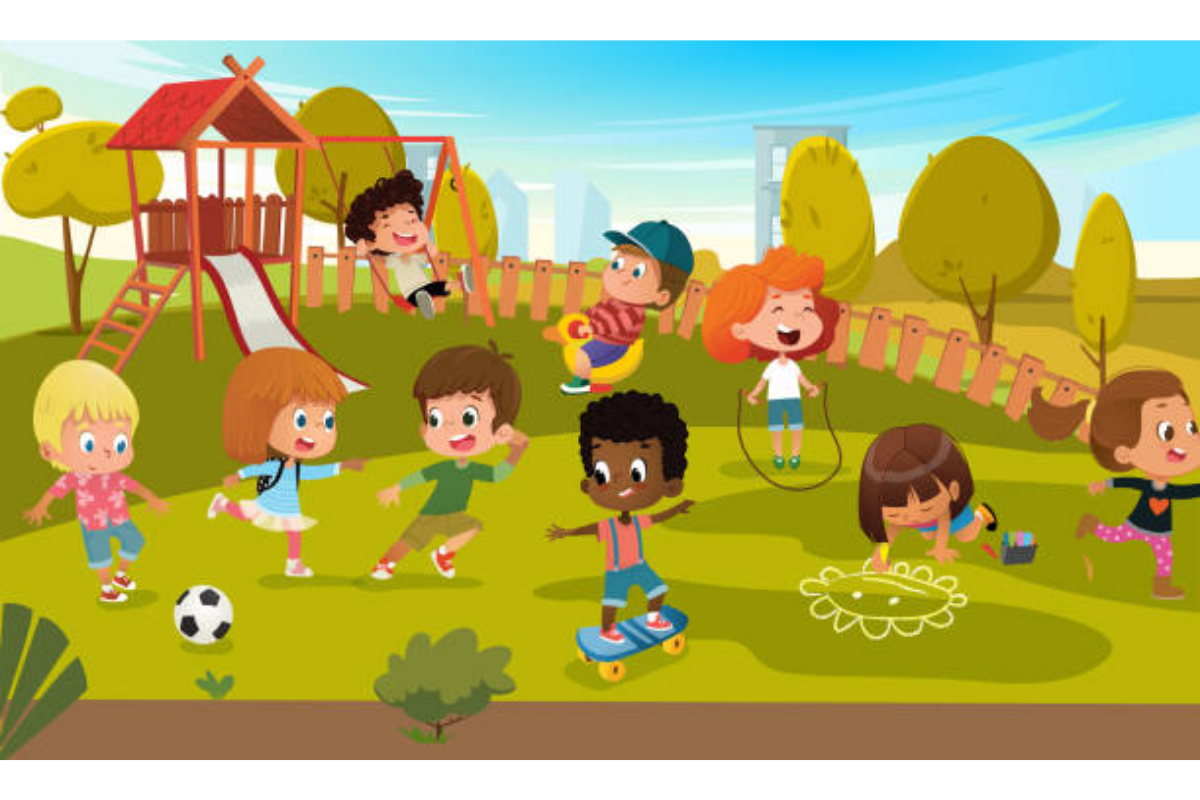Rime or rhyme? What’s the difference? Rimes rhyme, but not all rhymes are rimes. Easy peasy, right? (See what I did there?) Rimes are word parts that refer to a specific spelling pattern, and rimes of the same word family will rhyme. Rimes begin with a vowel sound and end before the next vowel sound. For example, bat, cat, sat, and fat all contain the rime, at. The onset of a word is the sound that comes before the rime. So, in the word bat, the /b/ sound is considered the rime. Rhymes, on the other hand, can sound the same, but have completely different spellings (using different rimes). For example, hey, may, neigh. Clear as mud? Well, the important thing to know here is that helping kids identify the rime of a word will help kids learn about word families, enabling them to decode new words when reading and making it easier to spell words when writing. This, ultimately, will help them to be confident successful readers. And THAT is the ultimate goal, right? In this blog post, I will share some fun activities to practice onset and rime.
Now that you have practiced identifying and manipulating syllables in words with your child, you are ready to introduce blending onsets and rimes into a spoken word with your young reader! A fun, simple way to practice this skill is with picture puzzles. One side of the puzzle contains the onset, and the other side is the rime. The pieces will contain a picture of the word so that when the child slides the pieces together, they can use the illustration as a way of self-checking. You and your child can create your own picture puzzles, but they can also be found at ANY educational supply store! See the example below:
Another fun hands-on reading activity involves a pair of large, writable dice that you can pick up from most dollar stores. OR, if you are feeling particularly creative, you can make a set of dice out of paper (preferably sturdy paper like construction paper). On the sides of the first die, write random consonants. On the sides of the second die, choose 6 different rimes such as, /at/, /en/, /ig/, /it/, /ed/, and /op/. The child rolls the onset die first, then the rime die, puts the two parts of the word together, then determines whether the word is real or nonsense. Have your child practice their handwriting skills by writing the real words on paper or a white board. You can turn this into a simple math activity too by tallying each real or nonsense word, then graphing the results!
Finally, the next time you are in the car, or taking a walk with your child, play some oral onset-rime blending games. You break the word up into its parts and have your child put the word together. For example, say /bl/ and /ack/, and your child has to put the word together and recite the whole word, /black/. You can also focus on a single word family. For example, how many words with the rime, /ack/ can you and your child come up with? Use the environment around you to come up with rimes. For example, if you are at the park, you could start by breaking up the word, /swing/, into its onset and rime: /sw/ and /ing/. Challenge your child to come up with other words that also contain the rime /ing/. Play this game as they are swinging! Then, when that list is exhausted, choose a different rime. The important thing to remember is that helping your child develop reading and writing skills should be fun, so keep the activities light.
These are just a FEW of the many phonemic awareness activities that you can use to build a solid foundation for your child in reading and writing. These fun, simple, practical activities will improve your child’s phonemic awareness and help your child learn new words!




